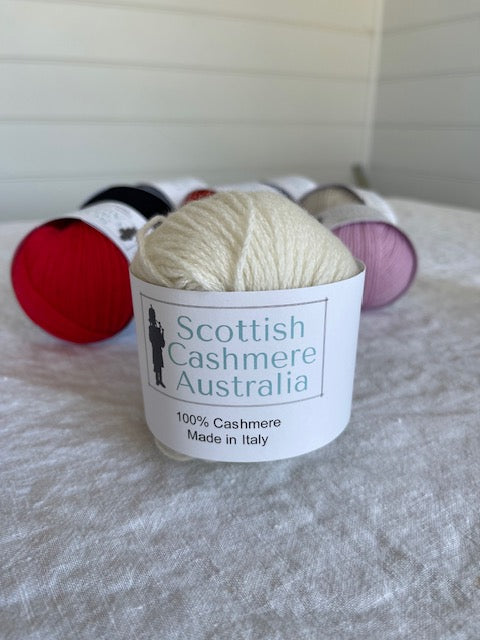What Material Is Cashmere? Understanding Its Special Characteristics and Uses
What Material Is Cashmere? Understanding Its Special Characteristics and Uses
Blog Article
Comprehending the Different Sorts Of Cashmere an All-natural Fiber and Their Special Benefits

The Beginnings of Cashmere: A Historic Summary
While the luxurious touch of cashmere continues to appeal contemporary consumers, its origins trace back to the harsh, chilly environments of Mongolia and the Mountain ranges. For centuries, the aboriginal peoples of these regions have been raising Capra Hircus goats, the prime source of cashmere woollen. These goats, resistant against the extreme winter seasons, expanded a fine undercoat to make it through, which later ended up being understood as cashmere.

The Production Process: From Goat to Garment
Shearing a Capra Hircus goat marks the inception of the detailed cashmere production process. The resultant raw cashmere is after that cleaned to remove contaminations such as oil, veggie, and dust matter.
The clean fiber is subjected to dyeing, rotating, and weaving, or knitting, to transform it into a fabric. Facility procedures such as top quality control checks and finishing procedures follow, ensuring completion item keeps the elegant criterion anticipated of cashmere. This meticulous procedure, from goat to garment, validates the high cost attached to cashmere products, making them a symbol of luxury and improvement.
The Numerous Kinds of Cashmere: An In-depth Analysis

The Special Benefits of Cashmere: Convenience and Sustainability
Relocating from the range of cashmere kinds to the benefits they offer, comfort and sustainability attract attention prominently. Cashmere, a natural fiber, is renowned for its exceptional gentleness, supplying a level of convenience that synthetic fibers can not match. The product's lightness, yet excellent warmth retention, makes it ideal for all seasons. Additionally, cashmere's natural flexibility allows it to return to its initial form, making it resistant to diminishing or stretching.
When it concerns sustainability, cashmere is naturally degradable and eco-friendly, as it's collected from cashmere goats who regrow check my blog their layers every year. what is cashmere. Unlike artificial fibers which can take centuries to decompose, cashmere's influence on the environment is minimal. This mix of convenience and sustainability makes cashmere a valuable option for mindful customers

Caring for Your Cashmere: Upkeep and Preservation Tips
While cashmere is certainly a luxurious and sustainable choice, it requires specific care to keep its quality and prolong its lifespan. To start, cashmere should be hand washed utilizing cold water and a mild cleaning agent. Avoid twisting or wringing the garment as it can harm the fibers. Instead, delicately eject excess water and lay it flat on a towel to dry. Cashmere items should be saved in a dry and cool area, away from direct sunlight and dampness. Making use of moth repellents can secure these garments from prospective damages. Finally, it's advisable to stay clear of hanging cashmere to avoid extending. Instead, layer and store them appropriately to maintain their form and high quality in time.
Purchasing Cashmere: Understanding Its Worth and Well Worth
Although cashmere might at first seem like a costly investment, its long-lasting worth and worth come to be apparent when you consider its amazing qualities. Recognized for its unmatched softness and heat, cashmere is a costs natural fiber that outperforms other products. Investing in cashmere, as a result, is not just regarding present style fads, but regarding accepting a lasting, durable, and luxurious way of living.
Conclusion
In recap, the kind of cashmere one picks, be it Mongolian, Chinese, or Italian, is determined by individual preferences for warmth, deluxe, spending plan, and sustainability. Recognizing the beginnings, production process, and special advantages of various types of cashmere can lead customers in their financial investment in this glamorous natural fiber.
Whether it's the extraordinary heat of Mongolian cashmere, the cost of Chinese cashmere, or the eco-conscious production of Italian cashmere, there's a tale his comment is here to be uncovered behind each fiber type. Cashmere, a natural fiber, is renowned for its exceptional soft qualities, providing a degree of convenience that artificial fibers can not match.When it comes to sustainability, cashmere is naturally degradable and renewable, as it's harvested he said from cashmere goats that regrow their layers yearly. Recognized for its unequaled gentleness and warmth, cashmere is a premium natural fiber that outshines various other products. Comprehending the beginnings, manufacturing process, and special benefits of different types of cashmere can direct customers in their financial investment in this elegant all-natural fiber.
Report this page